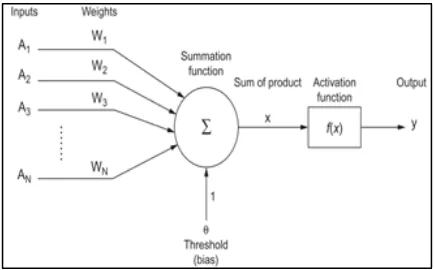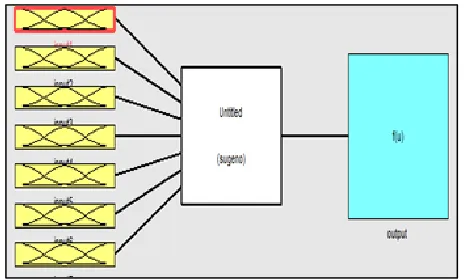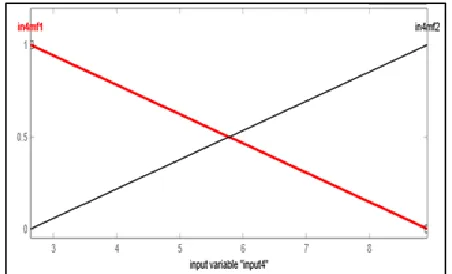A Neuro-Fuzzy Based Intelligent System For Diagnosis Of Renal Cancer
Full text
Figure




Related documents
Methods: To examine the relationship between severity of health status and monetary value of a QALY, we obtained willingness to pay (WTP) values for one additional QALY in
The study findings, particularly the number of factors identified, the differences between importance and feasi- bility, and the identification of several factors of import- ance
Main outcome measurements were Cox proportional hazards ratios, comparative risk of CPIRD doctors leaving rural health facilities and the public service compared to normal track
Conclusions: Type D personality is a vulnerability factor for general psychological distress that affects mental and physical health status and is associated with
Passed time until complete analysis result was obtained with regard to 4 separate isolation and identification methods which are discussed under this study is as
The purpose of this study was explore whether a model of daily health-related utility using EQ-5D derived data from randomised trials would more accurately reflect quality of
Different studies have shown and used different approach in synthesizing silver nanoparticles where all of them succeed in producing silver nanoparticles,